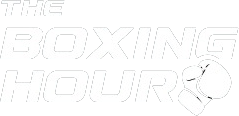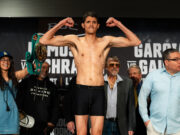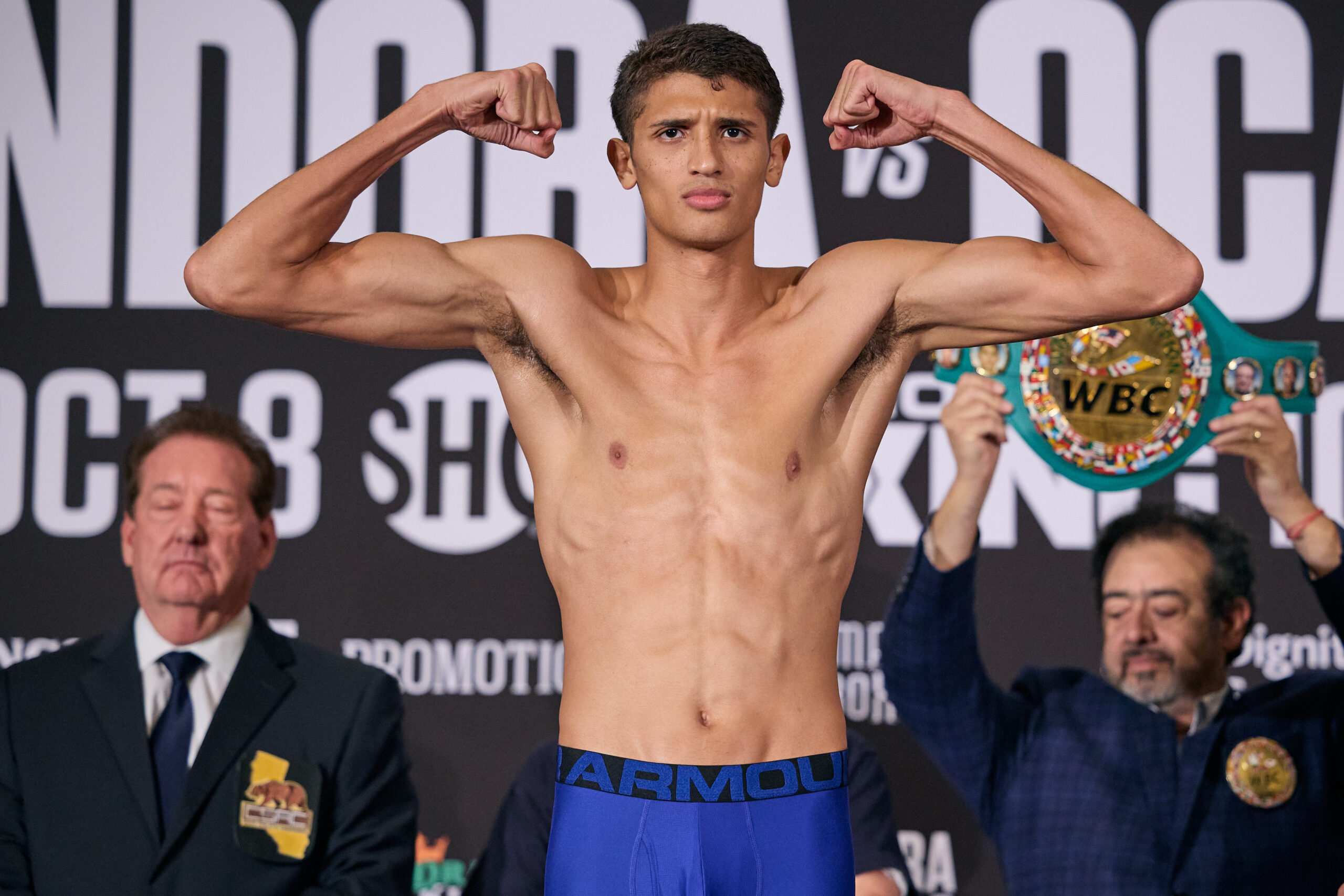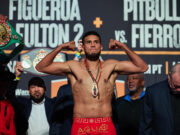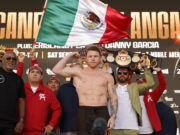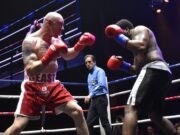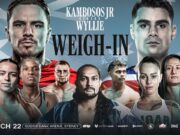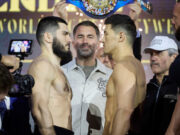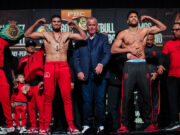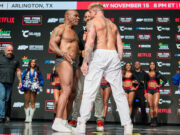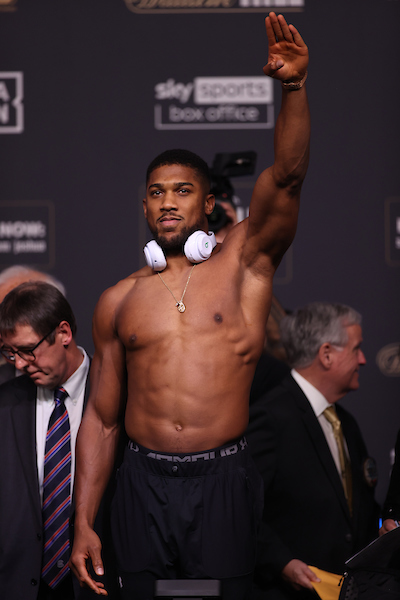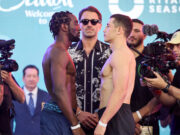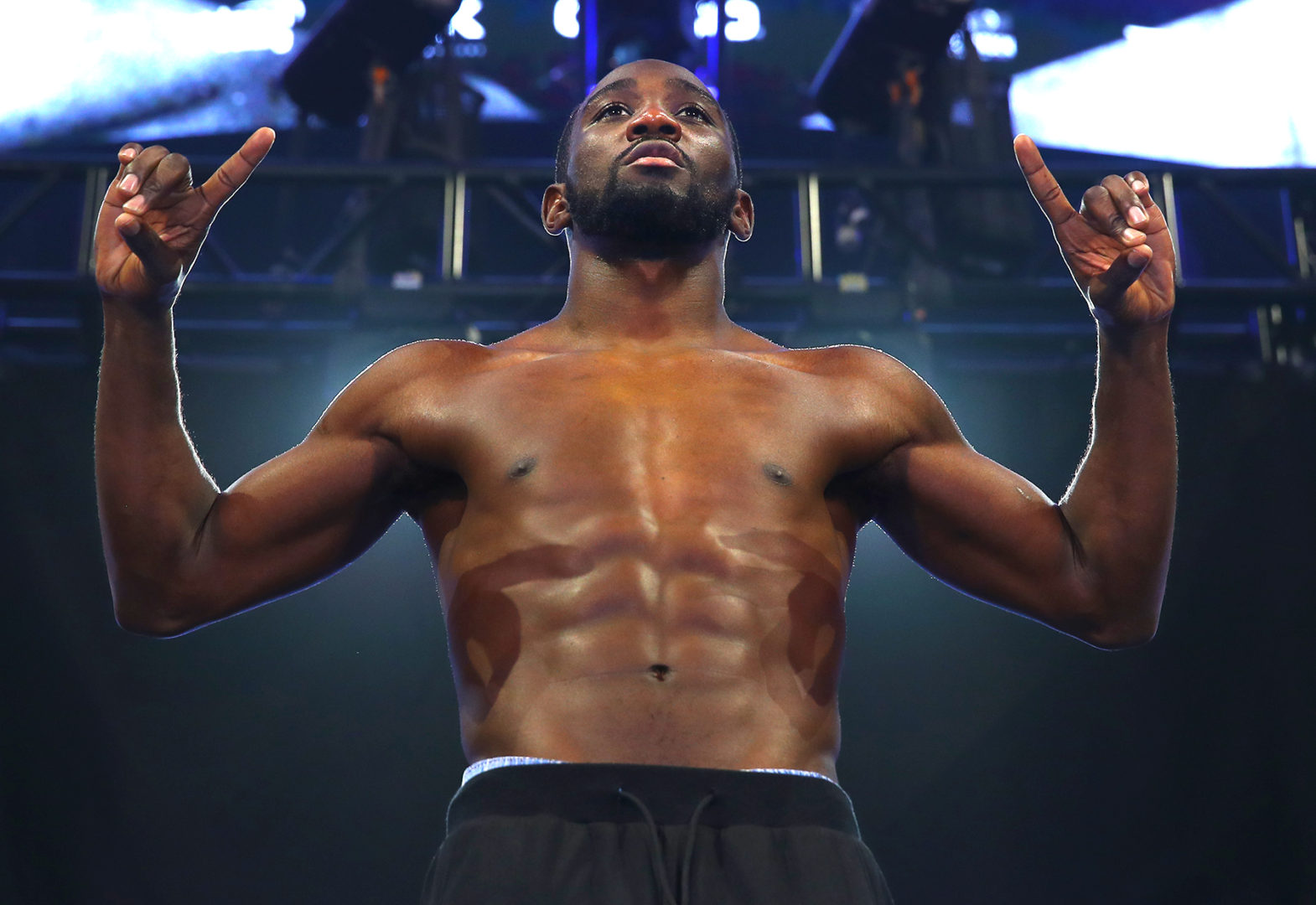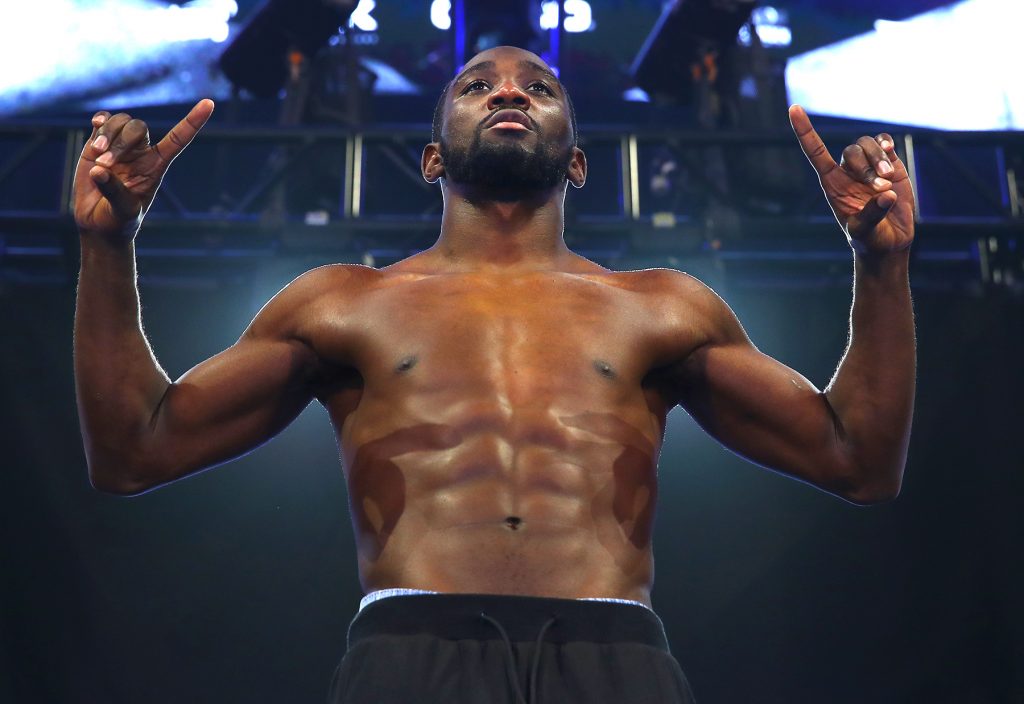
By Norm Frauenheim-
The outrage is predictable. Inevitable. Boxing loves its misery and more was delivered Thursday with news that Terence Crawford won’t be fighting Errol Spence Jr.
Not in November.
Not in December.
Not in February.
Sorry, if I don’t join the chorus of angry cries. I don’t care. Not anymore, and I suspect that feeling is more widespread than social media’s noisy outburst might suggest.
There was a desperate, last-chance hope attached to the prospect that Crawford-Spence would finally happen. The welterweight showdown was seen as a way to resurrect, if not save, the business.
But that dwindling light at the end of a long, futile tunnel was extinguished with ESPN’s report that Crawford will fight David Avanesyan on Dec. 10 in hometown Omaha.
“I don’t even know who (he) is,’’ Spence told the Dallas Morning News.
About that – and only that, there’s no debate. No outrage. Avanesyan is unknown. Then again, Crawford and Spence aren’t much better known among a crowd that hasn’t paid attention or a pay-per-view price-tag since Floyd Mayweather-Manny Pacquiao in 2015.
An eroding, hair-on-fire fan base can scream and yell, but the rest of the world isn’t listening.
It just doesn’t care anymore.
Indifference is the problem, or perhaps the epitaph.
Dylan Hernandez, the Los Angeles Times’ forthright and fearless columnist, generated some of the battered game’s familiar outrage in 2016 with last rites.
Boxing Is Dead, he wrote then.
Hard to argue with him today.
I’m not prepared to throw another shovel of dirt onto its remains. The game will continue, always in some form. After all, it’s already outlived most newspapers, a dying game if there ever was one.
Long after the newspaper industry prints its final edition, boxing will still be there, surviving on some forgotten street corner. Its inherent defiance is inextinguishable. But defiance isn’t a business model. The money is going, going, gone.
There’s a generation of boxers who grew up expecting Mayweather money. They have practiced Mayweather’s risk-to-reward formula. Mayweather left a model. Dollar-for-dollar, there’s never been anybody better. But the door to the vault began to close when he left the game.
He continues to collect bigger money than most in today’s generation in so-called exhibitions in Asia and the Middle East. His skills are eroded, but his name recognition is not.
Only Canelo Alvarez and Tyson Fury can rival his earning power. But Crawford and Spence, pound-for-pound contenders, have none of his notoriety. They’re skilled fighters. But skills don’t exactly pay the bills any more.
Crawford reportedly has signed a deal worth as much as $10-million to fight Avanesyan on a pay-per-view venture produced by BLK Prime, which is part of Endavo Media & Communications Inc., an Atlanta-based business.
Crawford’s deal in terms of percentages isn’t clear, yet. How much is guaranteed? How much is tied to the pay-per-view numbers? The bout’s price tag is $39.95.
Initial reports make it look as though it’s an investment in a future Crawford-Spence fight. Crawford was quoted as saying that Spence was still there, possibly in 2023.
“Once I’m successful against Avanesyan, my plan is still the same: Whoop Errol Spence’s ass,” Crawford told ESPN.
Trouble is, this fight is way past its due date. It should have happened five years ago. Crawford turned 35 on Sept. 28. His prime time is beginning to fall through the hour glass. More significant, perhaps, is Spence, who is already a big welterweight. He’s talking about moving up the scale.
“I got to talk to my manager but I already told them I’m at this weight too long,’’ the 32-year-old Spence told the Morning News.
Spence also tweeted that he had been fighting at welterweight for more than a decade.
“this sh!t ain’t easy or fun,” he tweeted.
Futile negotiations ain’t much fun, either.
BLK Prime, however, can only make its apparent investment in Crawford work if it can bring disaffected customers back into the PPV tent. The idea, perhaps, is to stage a bout or two against a couple of unknowns as a way to sell a possible past-due fight. The task is to introduce Crawford to the so-called crossover fans, who probably know a lot more about Jake Paul than they do Crawford.
But it’s a little late in the game to do that. It’s no secret that Top Rank grew frustrated with Crawford, still a free agent after he split and subsequently sued the promotional entity after his definitive stoppage of Shawn Porter last November.
Crawford’s versatile skillset hasn’t included much in the way of self-promotion. Maybe that changes. Maybe not. The question is how to awaken some interest, which wasn’t there for Crawford-Porter, a welterweight fight that would have sold itself in another era.
It did about 135,000 pay-per-view buys at $69.99, according to multiple media reports. That means it fell about 15,000 buys short of the 150,000 break-even point. despite a reported $2-million in ticket sales from a soldout crowd of 11,568 at Las Vegas’ Mandalay Bay.
In other words, it was a bust, a financial loser. Crawford won an entertaining fight, stopping Porter in the 10th-round. But everybody else took a bath. Indifference is costly.
But the PPV model is still there. The question is whether anything has been learned from the Crawford-Porter lesson. Will it result in any substantive changes? Prompt any real moves?
“I might be moving up, I don’t know,’’ Spence said of a jump to junior-middleweight. “I might be moving up.’
Fans might have already moved.
Moved on.
